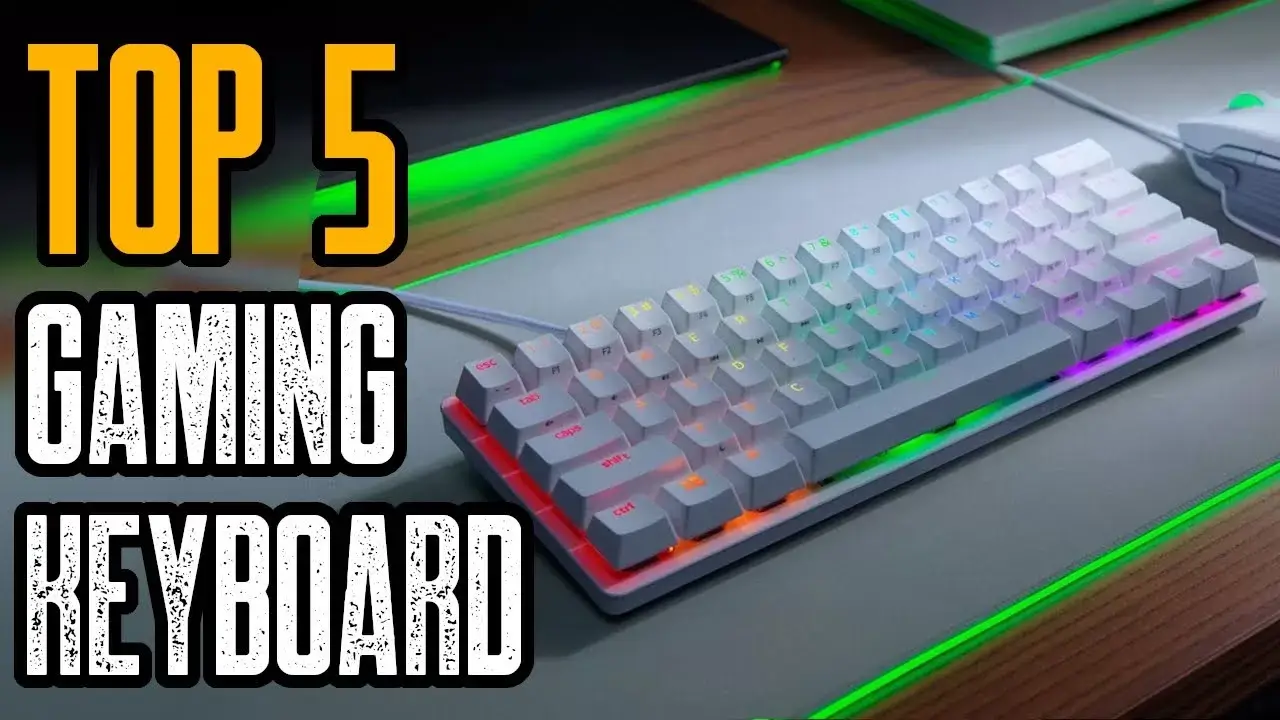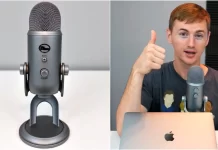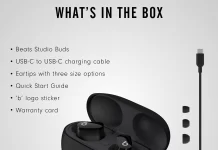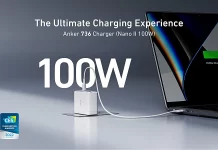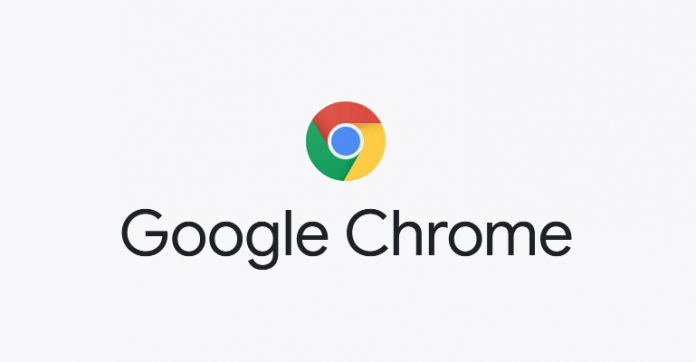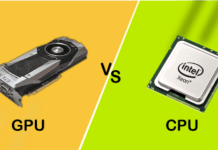How to make Google Chrome use less battery life, memory, and CPU
Chrome was not the smallest web browser ever. Chrome was originally named Chrome because it was designed to get out of trouble, and Chrome is no longer just a minimal browser – it’s an entire application platform.
Google’s browser seems to have eaten a lot of battery life, especially on the Mac. It is also very memory hungry, which can hurt PCs with a low amount of RAM. Here is how to minimize damage.
Do not continue to run the background application
Chrome usually runs in the background, even after it’s closed. If you are using the Windows operating system, a Chrome icon will appear in the system tray, which may be hidden behind the arrow icon. Close all Chrome windows and Chrome itself will still run in the background.
This is a problem if you are trying to free up memory on a computer with a limited amount of RAM. This also means that Chrome will continue to have an impact on the system battery while it is running in the background. To actually close Chrome, you can right-click on the Chrome icon and select Sign out of Chrome.
However, unless you actually have a Chrome app running in the background and you need to run around the clock, you may need to disable this feature. To do this, just right click on the Chrome system tray icon and uncheck “Let Google Chrome run in the background.” When you close the Chrome browser window, Chrome itself will close.

This can’t be said enough – the browser extension slows down your browser, making it take up more memory, and draining system resources. In Chrome, you can see some of the effects of the browser extension by clicking the menu icon, pointing to More Tools, and then selecting Task Manager. An item that starts with “Extension:” is a browser extension that Chrome is running.
For example, here we can see that the official Google Hangouts extension is using more than 100 MB of RAM. Not only that – it always uses 1% to 2% of the computer’s CPU, so it consumes battery power unnecessarily. Uninstalling such extensions is a good idea unless you really need it.

Not every browser extension is shown in this list. Some extensions do not run as their own processes. Instead, they include scripts that run when the web page is loaded to provide its functionality. Running additional scripts on each page you load will take up more CPU and consume more battery.
Visit your extension page by clicking the menu button, selecting More Tools, and then clicking Extensions. Uninstall the extension to make Chrome more lightweight, paying particular attention to any extensions that clearly consume resources in the Task Manager.

If you check your Chrome Task Manager, you may see something called “Background Page.” This is different from an extension or application. Here we see that there is a “Background Page: Google Drive” process that consumes memory and uses a bit of CPU resources.
The drive Google web page background is causing offline access to files in Google Drive. This action will generate a background page that is still running, even if you turn off all Google Drive labels. The background process is responsible for synchronizing your offline cache with Google Drive.
If you don’t actually use the offline file feature and would rather put Chrome on a diet, you can visit the Google site’s drive. Go to the Settings screen and uncheck the “Offline” option. The background page will disappear, but you won’t be able to access Google Drive documents offline.

Enable click to play the plugin
Be sure to enable the click play plugin in Chrome, too. This will prevent Adobe Flash and other plugins from starting and running in the background. Your battery won’t be killed because there are a lot of Flash ads running in the background – only the Flash content you specifically allow will run. The same is true for other plugins.
To do this, open Chrome’s settings page, click “Show advanced settings”, click “Content settings”, and then select “Let me choose when to run plugin content” under the plugin.

Have fewer tabs open at once
It can be tempting to have one of the twenty tabs open once, but don’t run too many tags if you want to save memory once – turn off some tags to prevent them from using a lot of memory.
When using battery power, try to trim the number of open tabs on a regular basis so that you don’t have a bunch of web pages running in the background. As you can see in Task Manager, web pages running in the background may use CPU resources and drain your battery, depending on what they are doing.
You can always bookmark or save them to a service like a Pocket Reader, later, so you can come back and watch these interesting pages later.
Try another browser
If Chrome doesn’t do this for you, you may want to try running another browser, especially if you need to be simpler and don’t necessarily need Chrome’s browser extensions or powerful features.
For example, the included Safari browser looks more battery-efficient on a Mac. Mozilla’s Firefox uses less memory on Windows, so it’s useful if you’re using a computer with less memory. Microsoft also released statistics showing that its Internet Explorer browser uses less battery power than Chrome on Windows, so even IE might be a good choice if you want to make your battery longer.

Memory usage is irrelevant on modern PCs, as long as you have enough memory. Unused memory is wasted memory. But the impact of Chrome on battery life is unfortunate. I hope that Google will solve this problem in the future.














